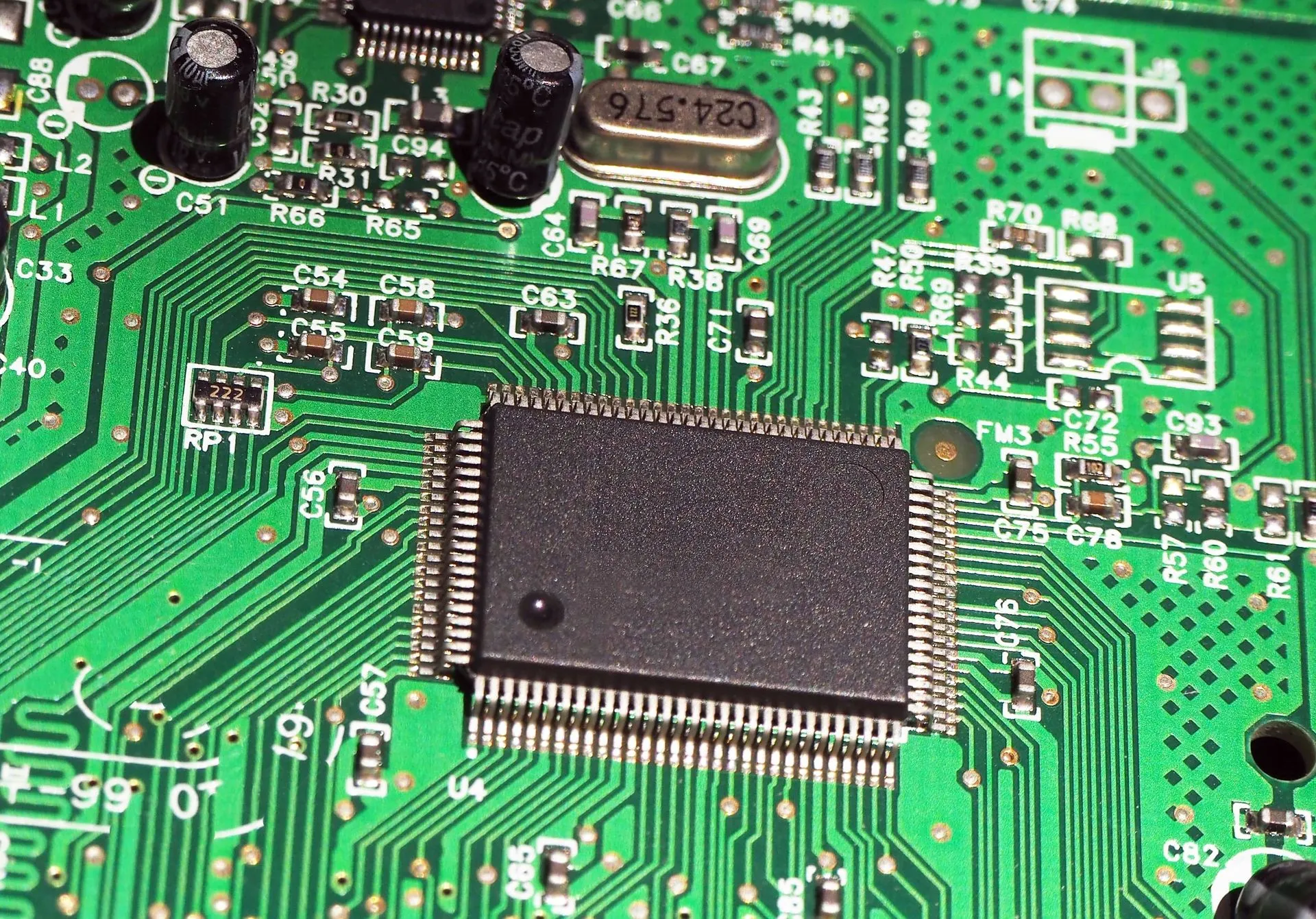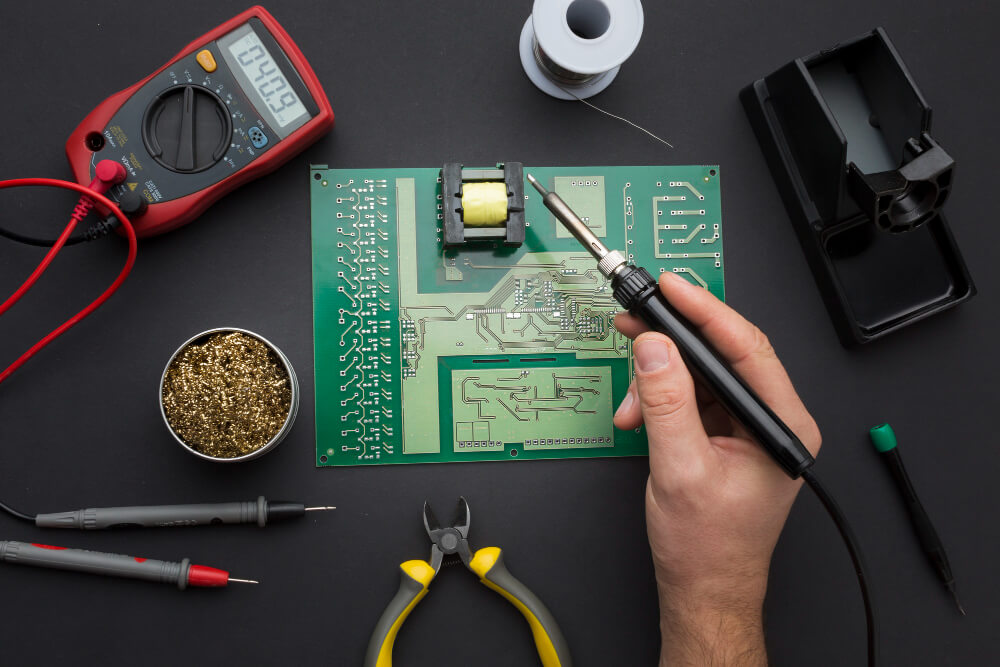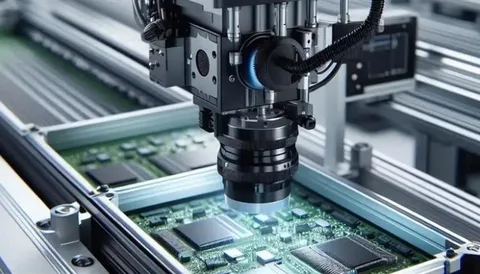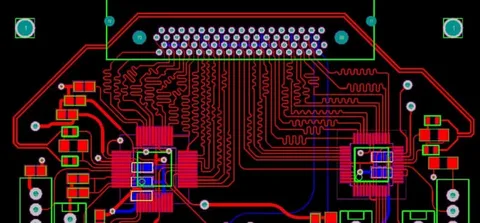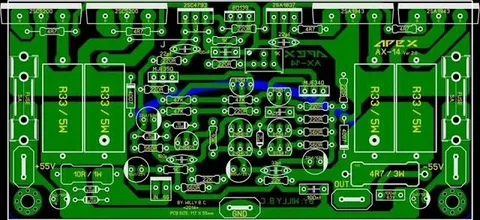In today’s fast-paced world, companies need to continually innovate to stay ahead of the competition. New Product Introduction (NPI) combined with effective prototyping best practices is the key to accelerating innovation and reducing time-to-market. By optimizing these processes, companies can develop high-quality products while minimizing risks, improving efficiency, and enhancing customer satisfaction.
In this guide, we’ll explore how NPI and prototyping work together, why they are critical for innovation, and best practices that ensure successful product development.
What Is NPI and Why Does It Matter?
New Product Introduction (NPI) is the process of transforming a product concept into a fully realized product that is ready for mass production. NPI involves multiple stages, including design, prototyping, testing, and production validation. Each step in the NPI process plays a critical role in ensuring product quality and customer satisfaction.
Key Objectives of NPI:
- Speed to Market: Bringing innovative products to market faster.
- Risk Mitigation: Identifying and addressing potential issues before full-scale production.
- Cost Efficiency: Minimizing production costs by refining designs and processes.
- Quality Assurance: Ensuring that the final product meets performance and reliability standards.
The Role of Prototyping in Accelerating Innovation
Prototyping is an essential part of the NPI process, allowing teams to create and test product iterations before committing to large-scale production. Prototyping best practices help validate designs, detect flaws, and ensure that products meet customer needs.
Benefits of Prototyping:
- Faster Problem Identification: Prototyping helps identify design flaws and functional issues early.
- Enhanced Collaboration: Enables cross-functional teams to evaluate and improve product designs collaboratively.
- Reduced Development Costs: Catching errors early reduces expensive rework and minimizes production delays.
- Customer Validation: Allows customers to provide feedback, ensuring the final product aligns with market demands.
Best Practices for NPI and Prototyping to Accelerate Innovation
To maximize the benefits of NPI and prototyping, companies must follow best practices that streamline processes and ensure smooth execution.
1. Define Clear Objectives and Requirements
A successful NPI process starts with clearly defined objectives and product requirements.
- Understand Customer Needs: Gather input from stakeholders to align the product with market demands.
- Set Realistic Goals: Establish timelines, budgets, and performance benchmarks.
- Identify Key Metrics: Define success criteria for each phase of NPI and prototyping.
2. Use Rapid Prototyping Techniques
Rapid prototyping reduces development time by enabling quick design iterations.
- 3D Printing: Create physical models to evaluate form, fit, and function.
- CNC Machining: Produce prototypes with high precision for functional testing.
- Virtual Prototyping: Use simulation tools to test and refine designs before physical production.
3. Adopt a Cross-Functional Approach
Innovation thrives when different departments collaborate effectively.
- Involve Design, Engineering, and Manufacturing Teams: Encourage open communication and knowledge sharing.
- Integrate Feedback Loops: Use insights from testing and prototyping to refine product designs.
- Align Teams Around Goals: Ensure everyone is working toward the same objectives.
4. Implement Design for Manufacturability (DFM) Principles
Design for Manufacturability (DFM) ensures that designs are optimized for efficient and cost-effective production.
- Simplify Designs: Reduce complexity to minimize production challenges.
- Standardize Components: Use readily available parts to lower costs.
- Optimize Assembly Processes: Design products that are easy to assemble and test.
5. Test and Validate Early and Often
Frequent testing helps identify design flaws and ensures that prototypes meet performance standards.
- Functional Testing: Assess whether the product performs as intended.
- User Testing: Gather feedback from potential users to validate usability.
- Environmental Testing: Evaluate the product’s performance in real-world conditions.
6. Leverage Digital Twin Technology
A digital twin is a virtual representation of a physical product that allows real-time monitoring and analysis.
- Simulate Product Performance: Test different scenarios and predict potential issues.
- Identify Design Improvements: Make data-driven adjustments to optimize product designs.
7. Document and Analyze Lessons Learned
Post-launch analysis is crucial for improving future NPI and prototyping processes.
- Identify Process Bottlenecks: Review challenges faced during the development phase.
- Document Best Practices: Create guidelines for future projects.
- Continuously Improve Processes: Use insights to refine NPI workflows.
How NPI and Prototyping Accelerate Product Innovation

1. Faster Time-to-Market
By identifying and addressing design issues early, NPI and prototyping shorten the time required to launch a product.
- Iterate Quickly: Test multiple design variations without delaying production.
- Reduce Development Time: Prototyping minimizes the need for extensive revisions.
2. Reduced Risk and Costs
Prototyping helps mitigate potential issues before moving to full-scale production.
- Identify Design Flaws Early: Catching problems early reduces rework costs.
- Optimize Resource Allocation: Minimize wasted materials and labor.
3. Enhanced Product Quality
NPI and prototyping ensure that products meet quality standards and exceed customer expectations.
- Performance Validation: Validate that the product functions correctly in various conditions.
- Customer Feedback Integration: Use real-world feedback to improve product features.
4. Improved Collaboration and Innovation
Prototyping encourages cross-team collaboration and fosters an innovative culture.
- Design-Engineering Synergy: Bridging the gap between design and manufacturing.
- Continuous Learning: Encouraging teams to experiment and innovate.
Common Challenges and How to Overcome Them
1. Lack of Clear Communication
Poor communication between teams can lead to misunderstandings and project delays.
Solution: Establish regular check-ins and use collaborative tools to maintain transparency.
2. Inadequate Prototyping Budget
Limited budgets can restrict the ability to create multiple prototypes.
Solution: Prioritize key features and allocate resources strategically.
3. Resistance to Change
Organizations may resist adopting new processes and technologies.
Solution: Educate teams on the benefits of NPI and prototyping best practices.
Conclusion
Accelerating innovation with NPI and prototyping best practices ensures that products meet quality standards while reducing development time and costs. By defining clear objectives, leveraging rapid prototyping, and fostering cross-team collaboration, companies can drive product success and stay ahead of the competition. As the landscape of product development evolves, organizations that adopt and optimize these processes will continue to thrive in a competitive market.

